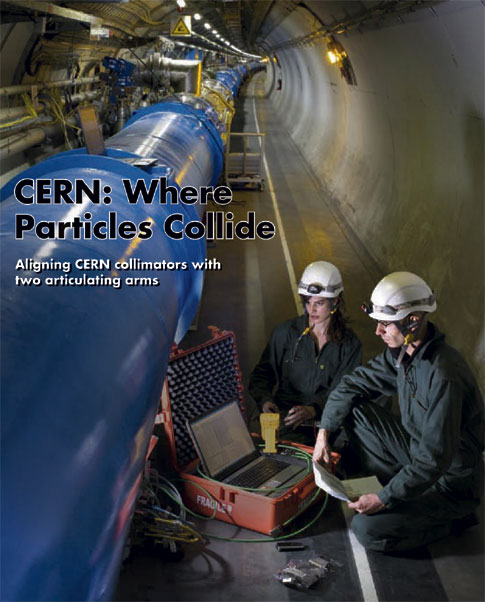
L
et’s travel back in time to September 10, 2008, at 10:28 a.m. At that moment, CERN became known to the general public when the first beam was successfully steered around the world’s most powerful particle accelerator—the Large Hadron Collider (LHC). This historic event marked the beginning of a new era of scientific discovery.
CERN is the European Organization for Nuclear Research, with headquarters in Geneva. Recognized as the world’s leading laboratory for particle physics, CERN is located 50 to 150 meters below ground under the city’s surroundings, and crosses the Swiss border with France. The LHC is installed in a tunnel 27 kilometers in circumference and provides collisions at the highest energy levels ever achieved in laboratory conditions. CERN physicists can observe these collisions via four huge detectors, exploring new territory in matter, energy, space, and time.
|
Particle Physics |
…
Comments
Add new comment